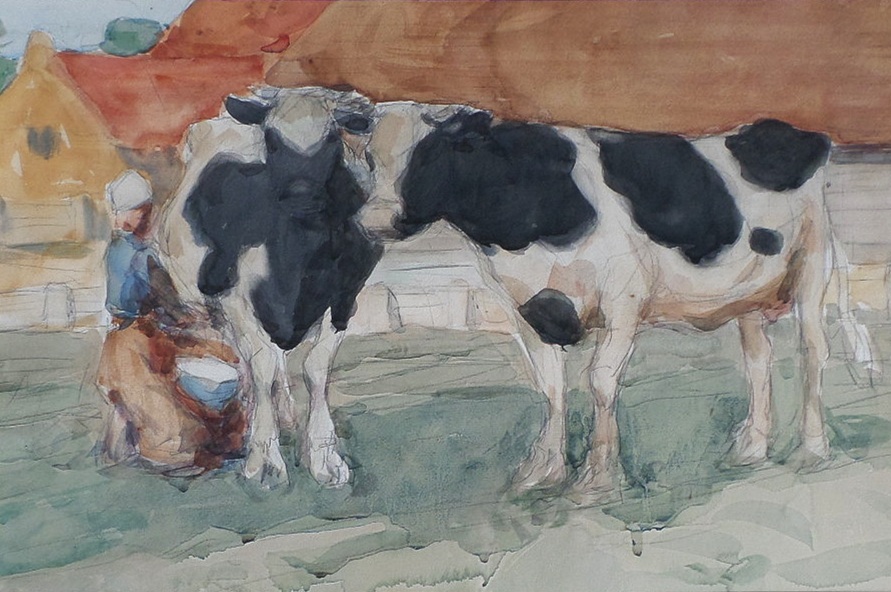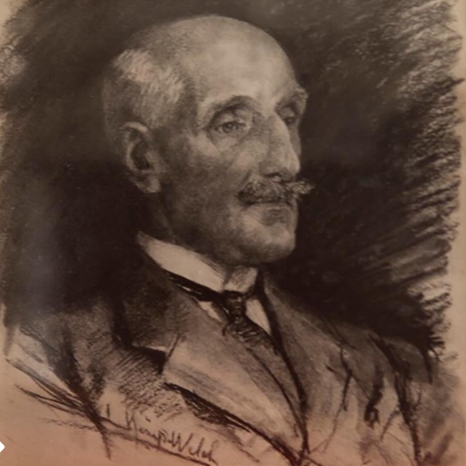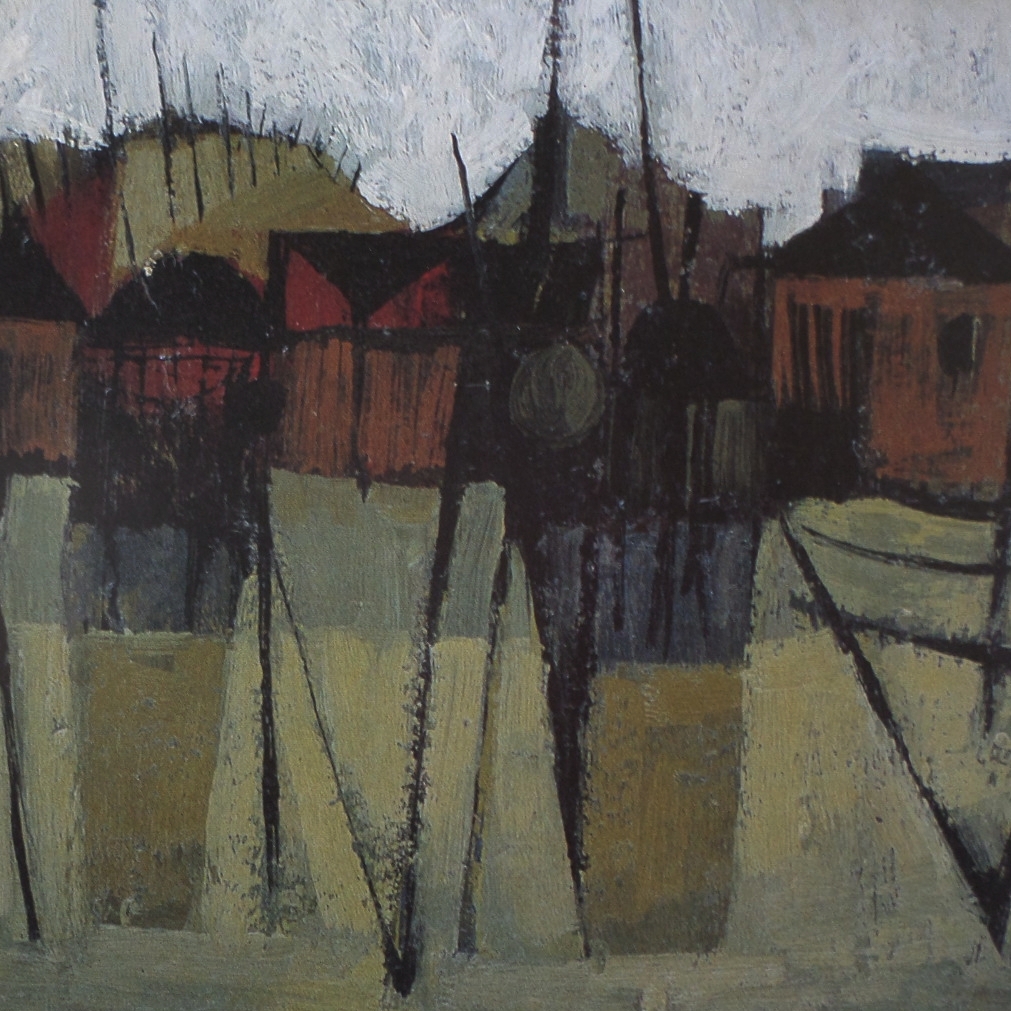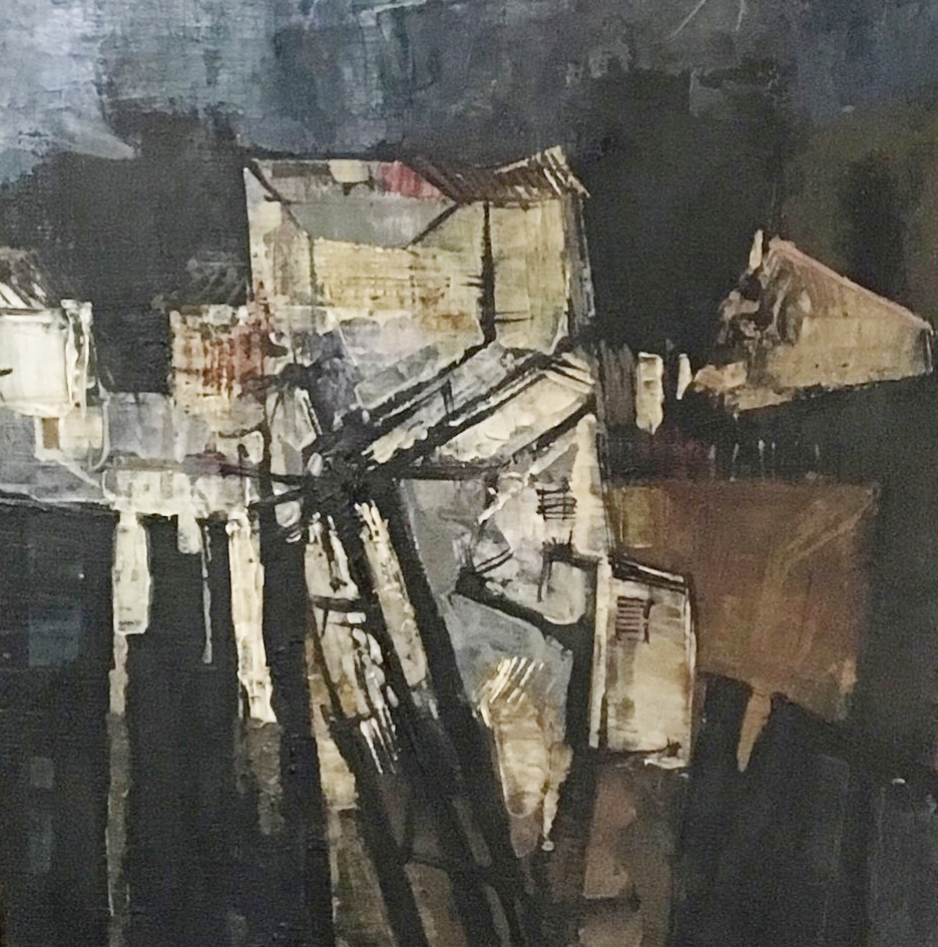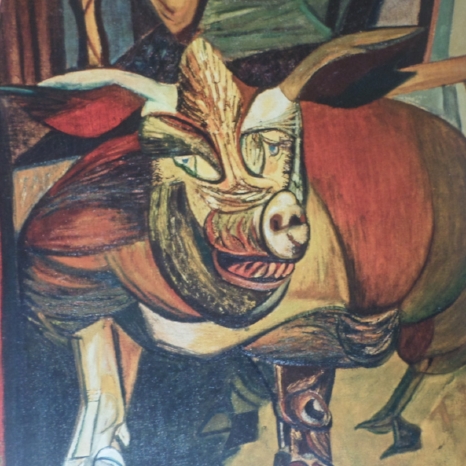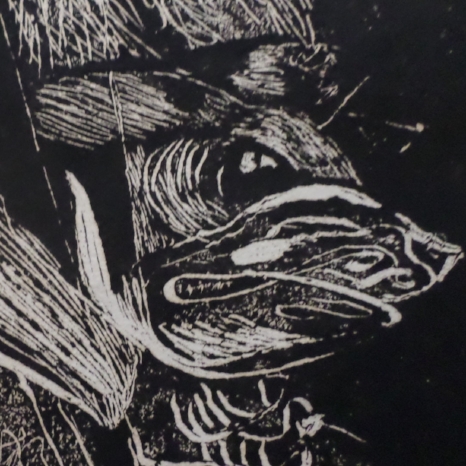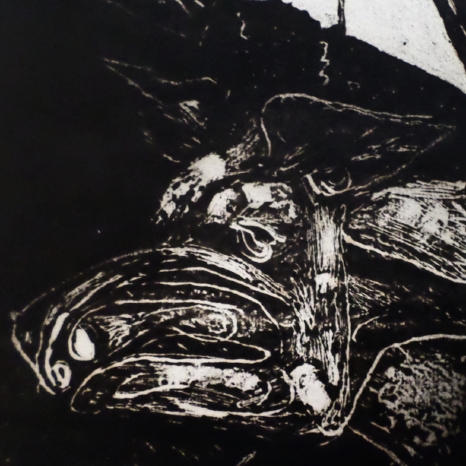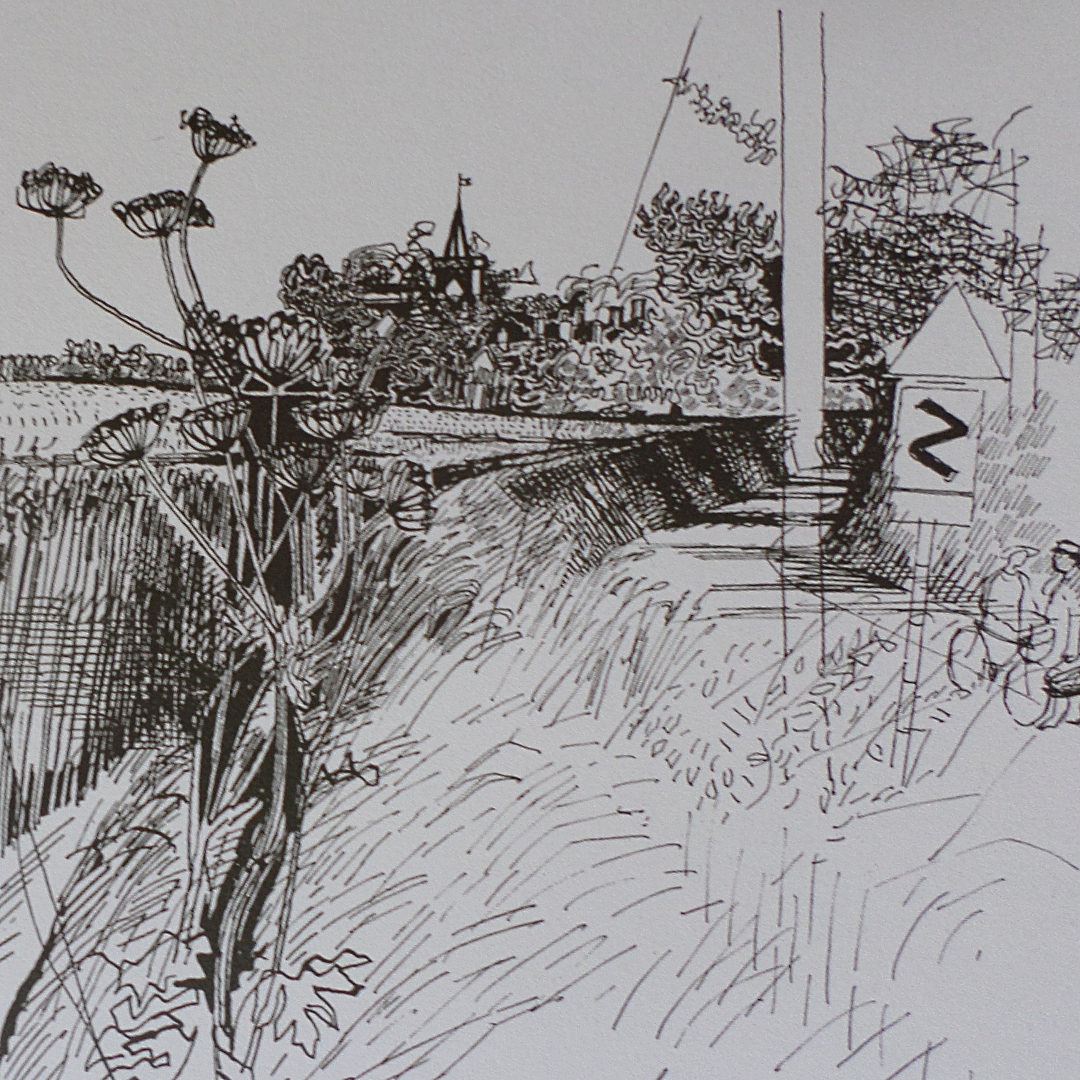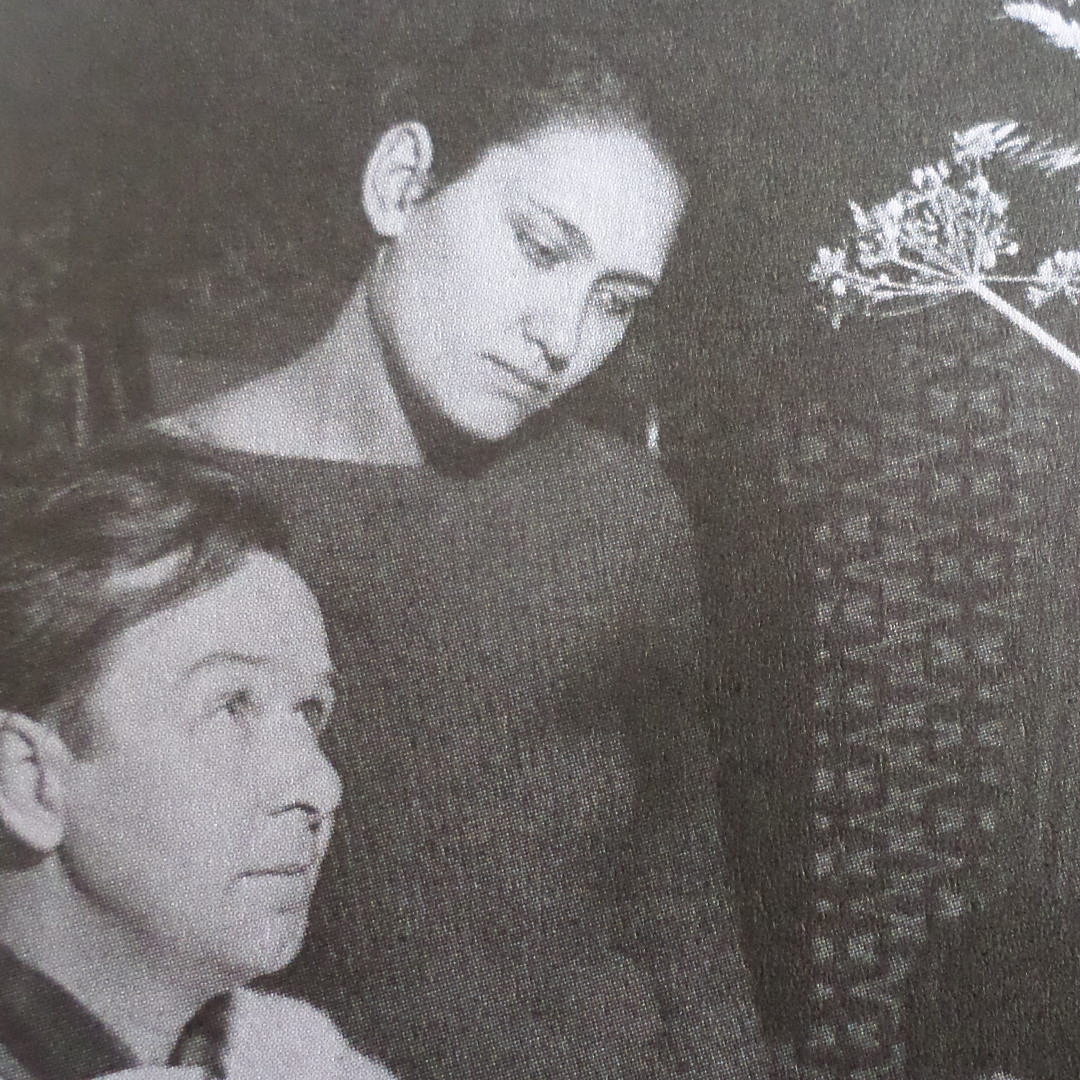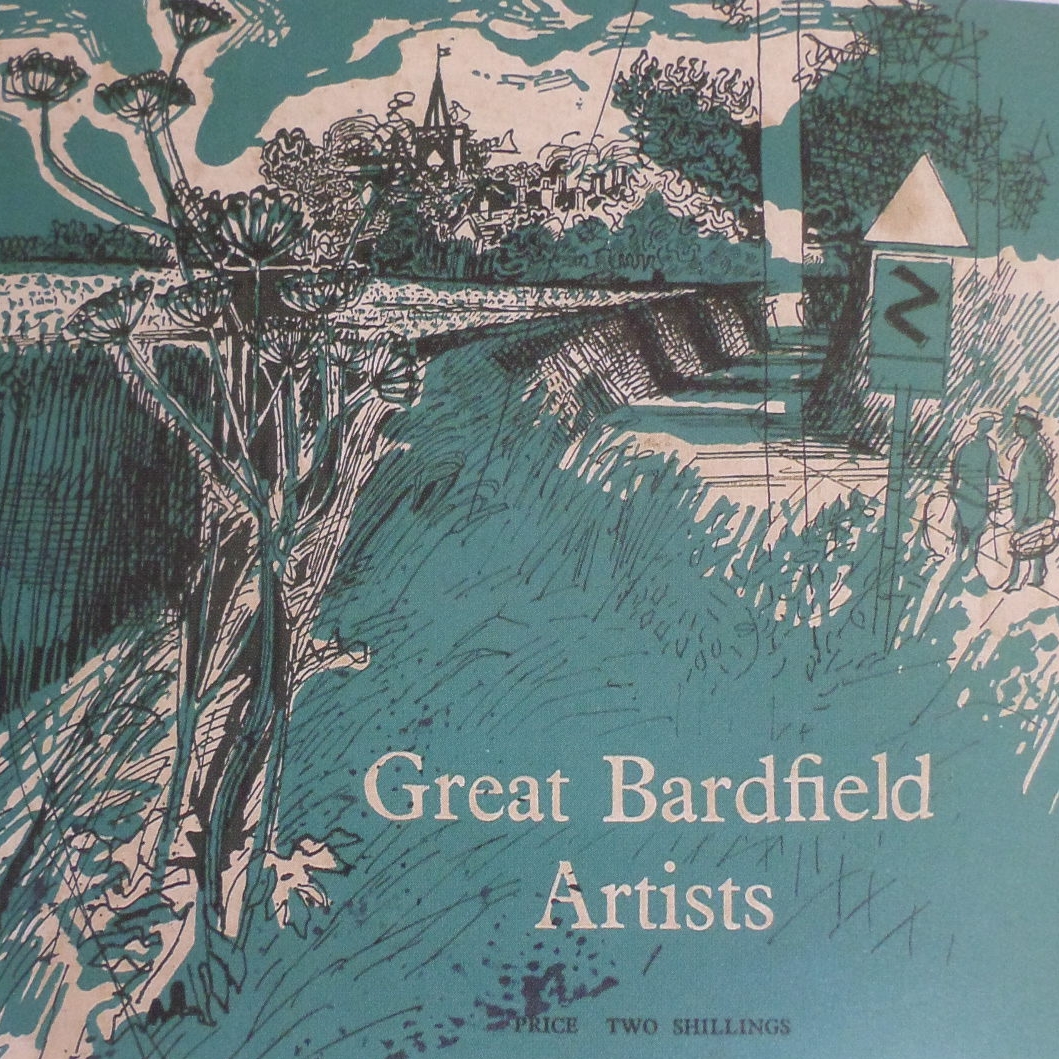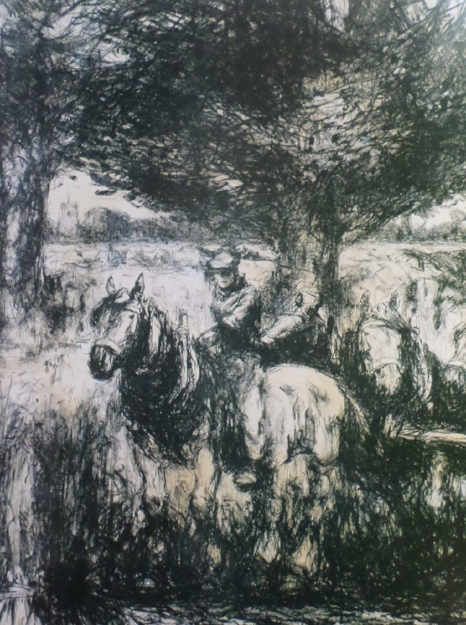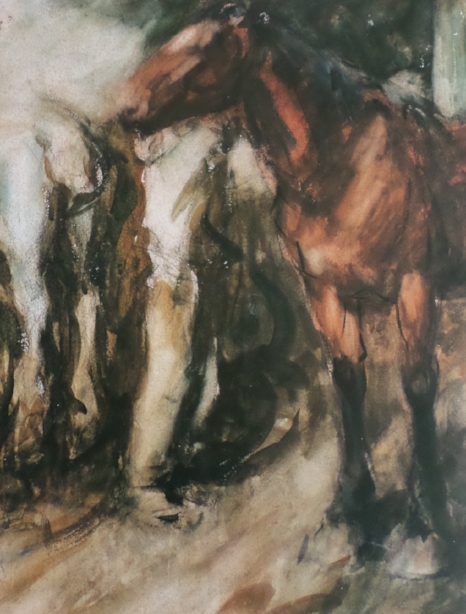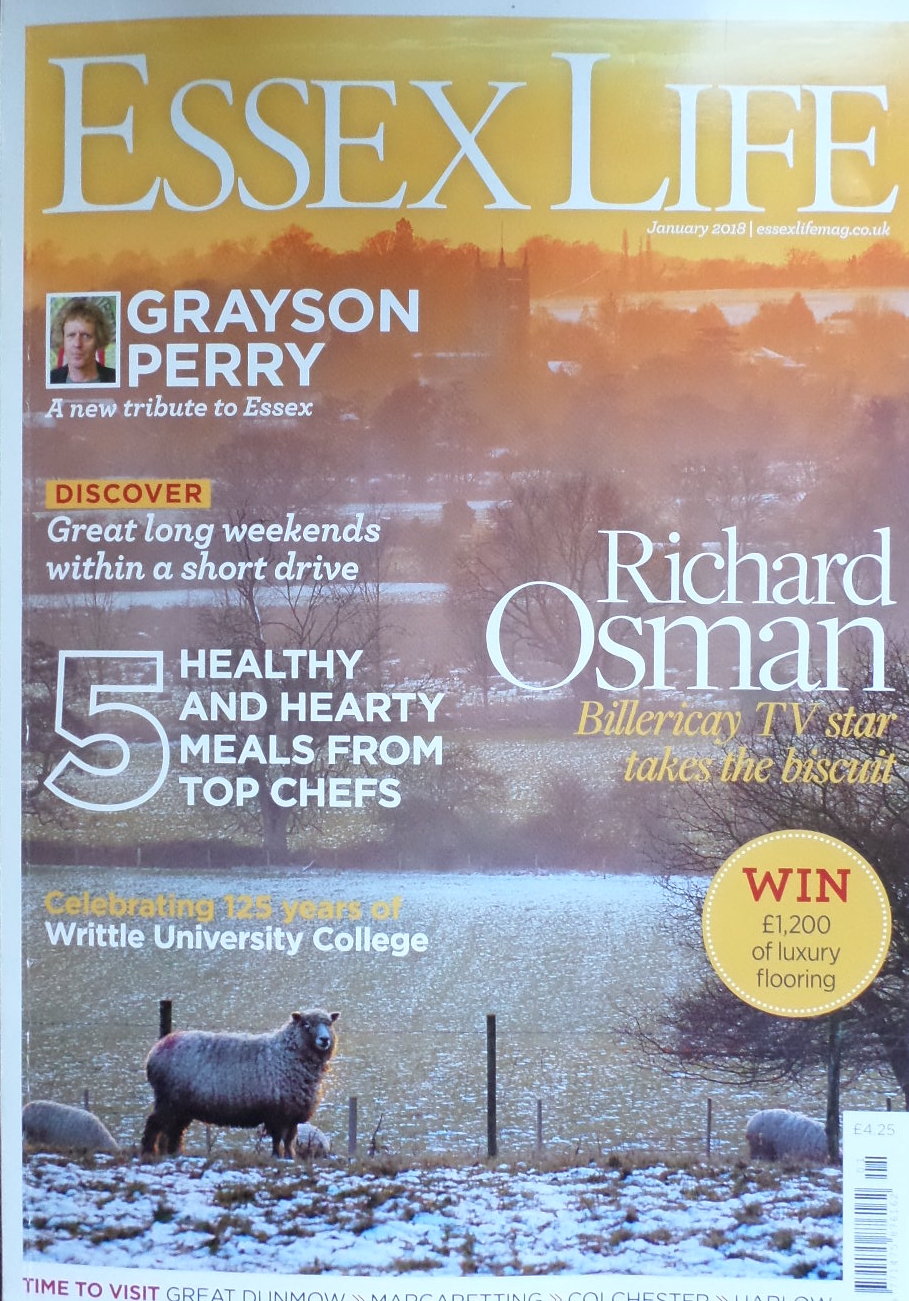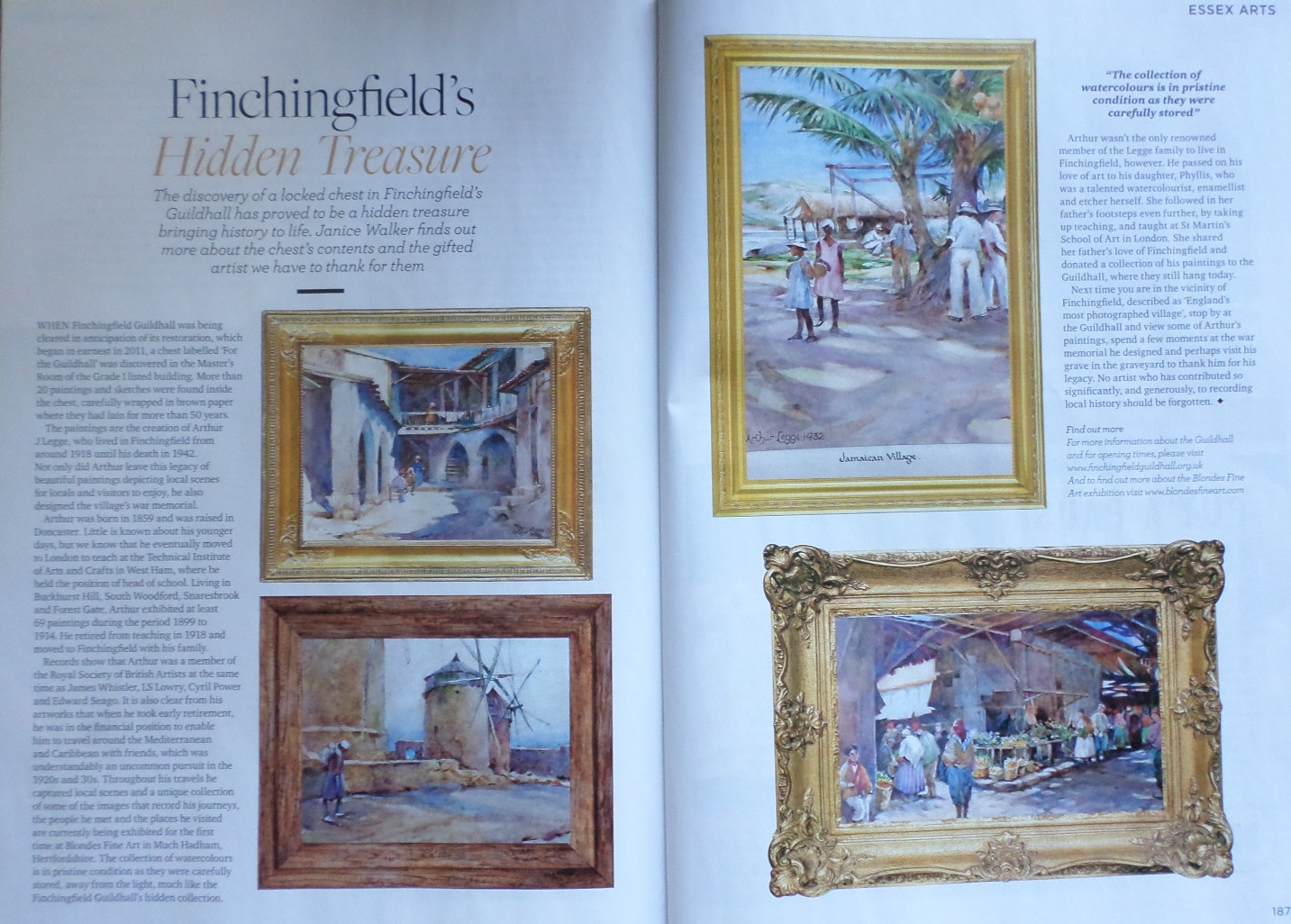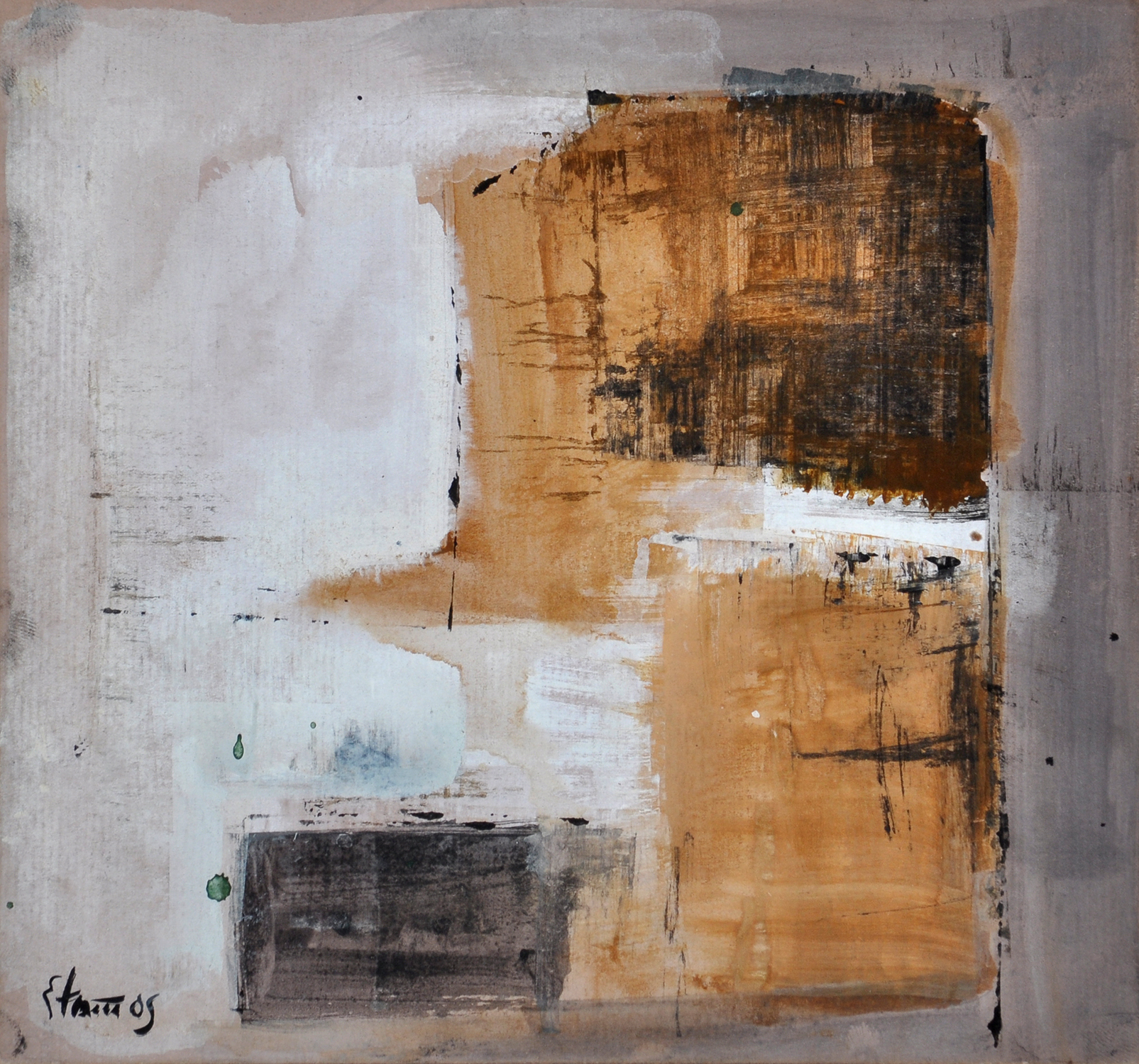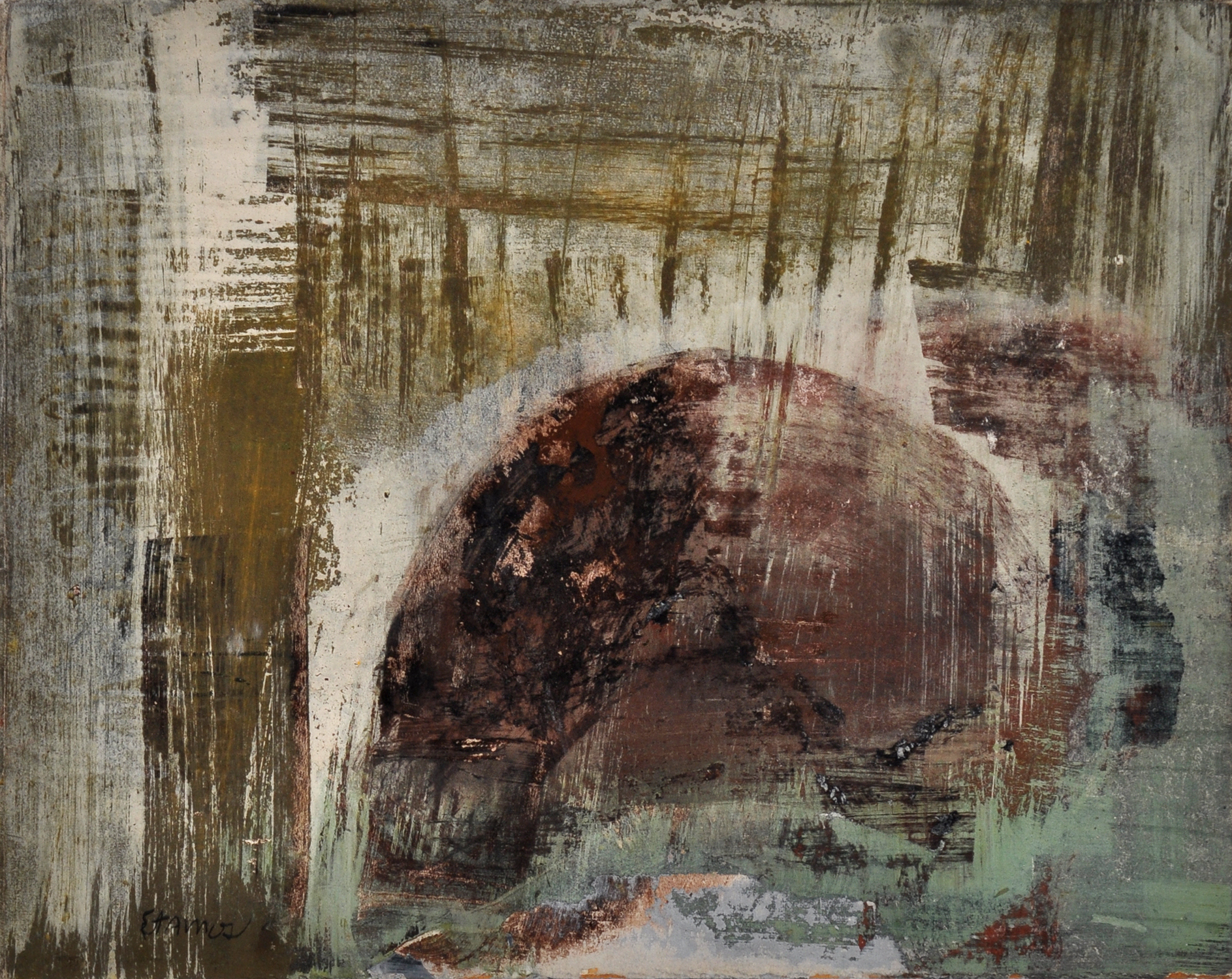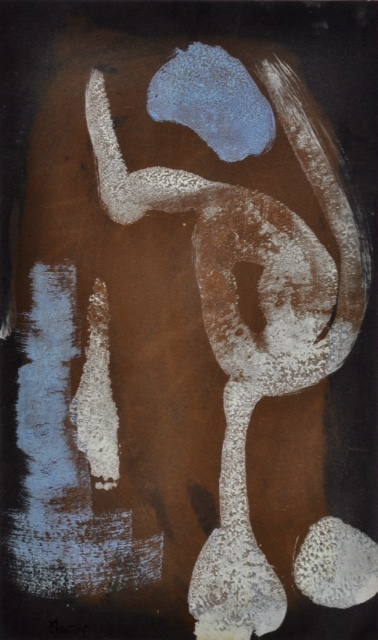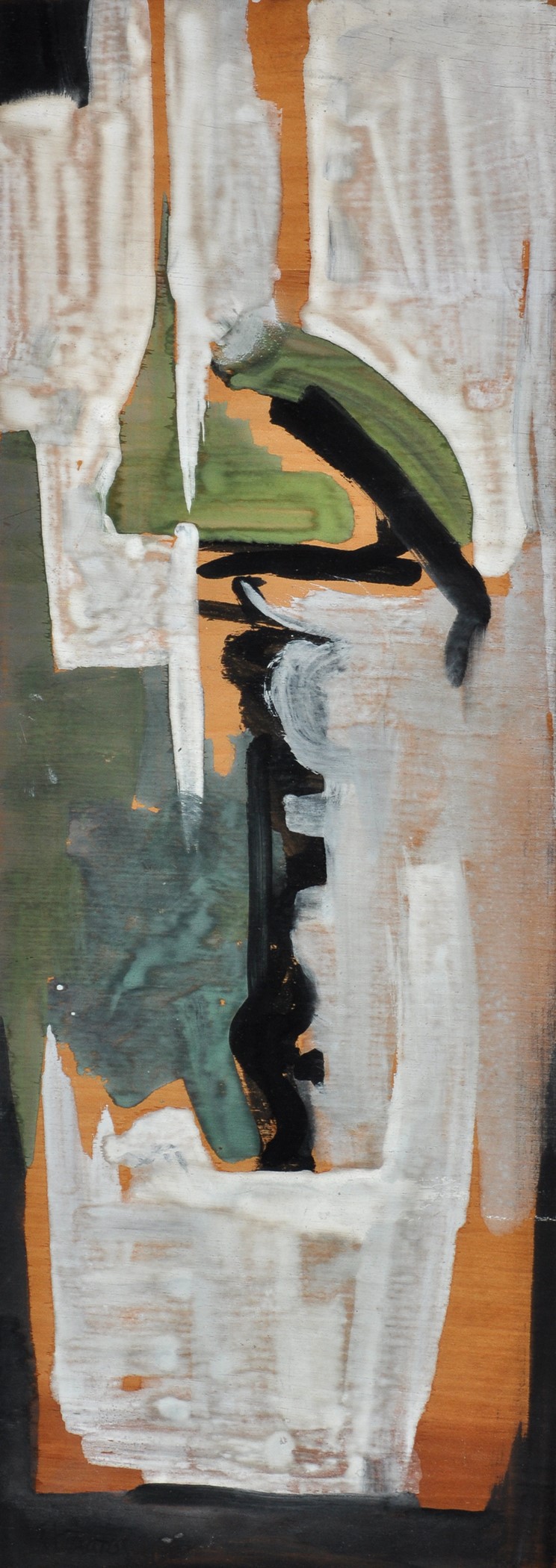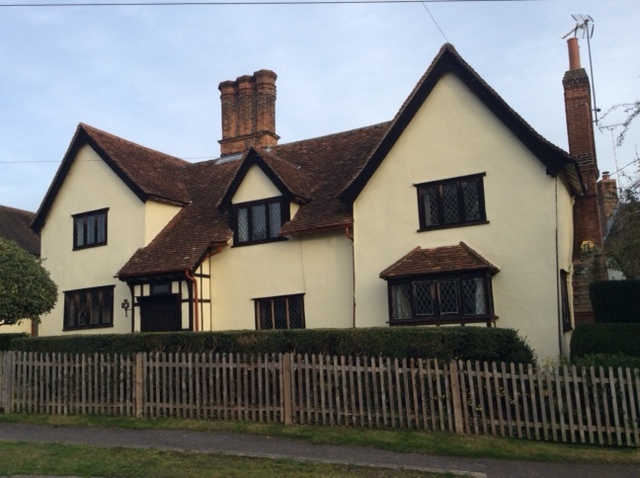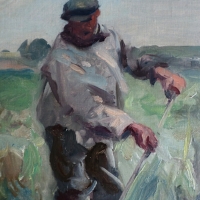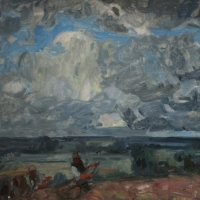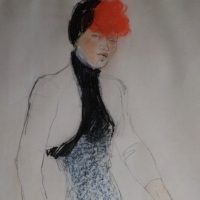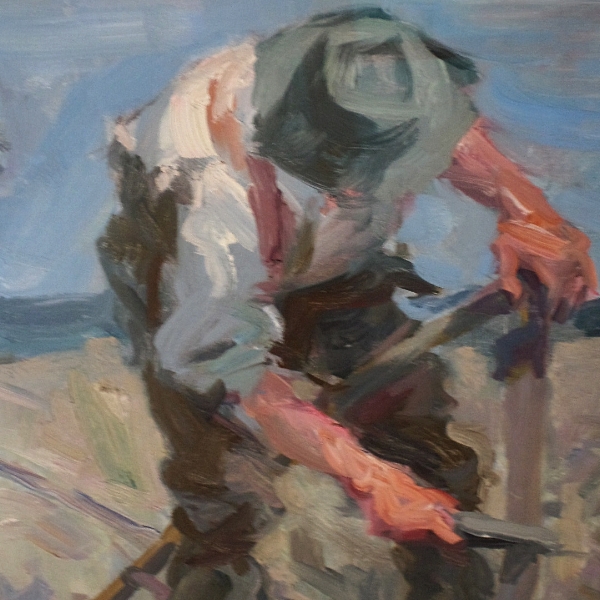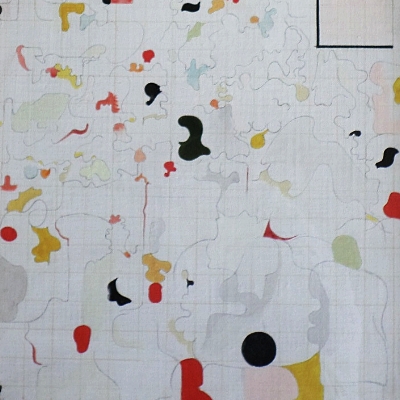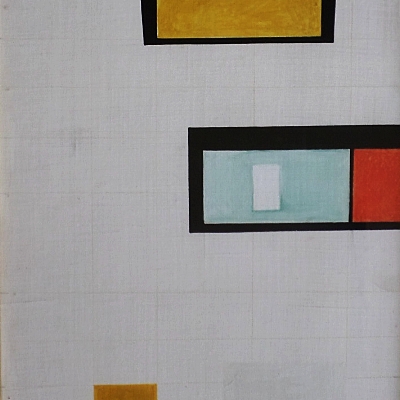Harold Septimus Power was not an artist familiar to me until 2015 when I visited the Bushey Museum to view the magnificent work of Lucy Kemp-Welch. At the end of a line of paintings I was taken by a painting of two plough horses which I assumed to be by Miss Kemp-Welch, but when I examined the label it read as follows " The Artist is Harold Septimus Power "Ploughing" This is a print from an old painting by the Australian artist who spent some time in Bushey from 1907." It was from this point that I became interested in this artist and began to find out just how highly regarded he had been.
Harold Septimus Power (1877-1951), artist, was born on 31 December 1877 at Dunedin, New Zealand, son of Peter Power, English-born hatter, and his Scottish wife Jane, née Amers. At the age of 14, Power ran away from home to pursue a career as an artist. He developed a passion for drawing animals, especially horses, and found jobs that involved contact with animals. While working for a carriage painter, he painted studies of animal heads on butcher's delivery vans, and later on he worked as a veterinarian's assistant.
After some art training in Melbourne he exhibited in 1899 with the Melbourne Art Club, winning both animal and landscape sections. Soon after, he moved to Adelaide where he worked as an illustrator for the Observer, the Register, the Critic and other papers he also painted in the Adelaide hills with Hans Heysen. In 1904 he was the first Australian artist to be commissioned by the trustees of the National Art Gallery of South Australia to paint an animal picture ('After the day's toil') for 100 guineas. On 17 September he married Isabel Laura Butterworth (d.1935).
In 1905-07 Power studied at the Académie Julian, Paris, then in 1907 settled in London, becoming a member of the Royal Institute of Painters in Oils and the Society of Animal Painters, and exhibiting at the Royal Academy of Arts. His first one-man exhibition at the Guild Hall, Melbourne, in June 1913 displayed oils and watercolours of rural landscapes, used as backdrops for scenes of equine splendour and hunting which were to remain popular with both the local and international public and critics for the next thirty years. It was here that he exhibited Stag Hunt Exmoor which had been hung in the Royal Academy's exhibition in 1911 and it was purchased by the National gallery of Victoria. Power had another successful exhibition in Adelaide the following year and then returned to England in 1914.
The oil painting on canvas that we have for sale here at Blondes Fine Art in Hertfordshire was purchased direct from the artist by a Hertfordshire collector and it has remained in the family by decent and has never left Hertfordshire , remaining here for the past century . It is signed lower left and in its original artists frame . Although undated it is believed to have been purchased between 1910 and 1915, which is the period when the artist was really making a name from himself in London.
The outbreak of the First World War found Power in England. At the age of thirty-seven he was an established artist who specialised in, but was not limited to, animal subjects, principally horses. He was a competent draughtsman; and though best known for his oil paintings, he could work successfully in watercolour. Executed in the academic tradition with frequent romantic overtones, his work eschewed any modern influences and intellectual qualities. Technically proficient, he could be relied upon to make a picture both pleasing and effecting a “satisfactory realism” (J S MacDonald 1958), well-qualified to enter upon arguably the most significant phase of his career.
From London, Power followed the Australian Imperial Force (AIF) from the disastrous Gallipoli campaign of 1915 to the battlefields of the Western Front during 1916-17. In the early years of the war he completed Anzacs (1915, National Gallery of Victoria) and The enemy in sight (1916, Art Gallery of New South Wales). On 3 September 1917, he was appointed an official war artist by the Australian High Commissioner and attached to the AIF with the honorary rank of lieutenant. He crossed to France, making a second trip in August 1918, in the company of another appointee, Fred Leist, and C.E.W. Bean, Australia’s official war correspondent, and spent his first evening in Hazebrouck huddled with them in the cellar of a house as the Germans bombed the town. The terms of Power’s appointment obliged him to make at least twenty-five sketches for the Commonwealth; he delivered roughly seven more, a gift to the “Australian Nation”, as he explained to the Australian High Commission (letter, 20 November 1918). These sketches are mostly drawings and watercolours and contain only a few small oil pictures. According to Jean Campbell (1983, pg 113), Power’s “vigour and strength” are seen at their best in his war watercolours, for example, Going into action (1917). His skills as an animal painter were also apparent in such paintings as 'The First Divisional Artillery goes into action before Ypres July 31st 1917' which was acclaimed at the Royal Academy in 1919.
Commencing in July 1918, Power was commissioned first by the Commonwealth and later by the Australian War Memorial to paint a number of battle pictures and military scenes depicting significant events in which the AIF and the Australian Light Horse had been involved. This work occupied him throughout the 1920s and late into the 1930s and includes First Australian Division Artillery going into the 3rd Battle of Ypres (1919) and Saving the guns at Robecq (1920), both action paintings focusing on horses and artillery. The battle pictures and scenes are imaginative reconstructions which Power meticulously researched with guidance from Bean to ensure, so far as possible, their historical accuracy.
Power’s several visits to Australia during the 1920s were long enough for him to carry out other official commissions. In 1922, he was commissioned to make a large mural for the Melbourne Public Library, depicting the Eastern and Western Fronts and the finished work, War, comprising three panels with an overall length of 15.2 metres, was installed in 1924. In 1927, the Commonwealth commissioned him to paint a picture of the outside ceremony for the opening of Parliament House, Opening of Federal Parliament at Canberra, 9 May 1927 (1928). Power was also active in art circles, becoming a member of the Australian Watercolour Institute (1926-28) and exhibiting in its first exhibition at Horden’s Gallery in 1924. He was associated with the establishment of the new Melbourne Art Club in 1933; and was a foundation member of the deeply conservative Australian Academy of Art (1937-46).
Throughout the 1930s Power painted steadily and exhibited regularly, sticking closely to his chosen idiom, and this continued during the 1940s. He enjoyed enormous popularity and his work commanded consistently high prices, even during the Depression. Equine and other animal subjects dominate the canvases of these decades with occasional portraits and numerous flower pieces. He held his final exhibition in Melbourne in 1949.
A peculiar form of deafness had afflicted Power from an early age, creating an impediment in his social life. To C.E.W. Bean, the artist presented as shy and intensely nervous, and his heart went out to “this lovable man”. In spite of his disability, Middleton claims that Power was a cheerful man who enjoyed entertaining friends at home, and revelled in telling stories about the experiences in his life.
Power died of cancer in Melbourne on 3 January 1951, aged seventy-three, and was buried in Brighton Cemetery. He was survived by his second wife and two sons, one from each marriage. On his death, Louis McCubbin, a long-time director of the Art Gallery of South Australia, himself an official war artist of the First World War, perhaps accurately summed up Power’s achievement: “His abilities particularly fitted him to be a painter of war subjects such as charging horses… He was outstanding as an animal painter – the most important Australia has produced in this field” (Argus, 4 January 1951). A small retrospective exhibition was held in 1985 at Trevor Bussell Fine Art Gallery, a Sydney suburban gallery. The Australian War Memorial holds by far the largest collection of Power’s works (roughly fifty-four); otherwise he is thinly if widely represented in Australia’s public collections.
